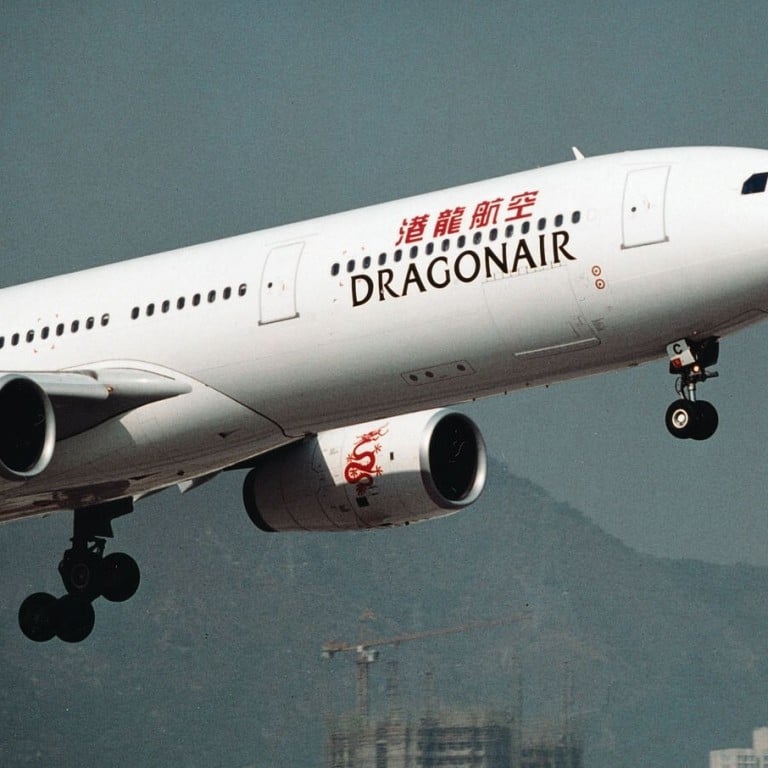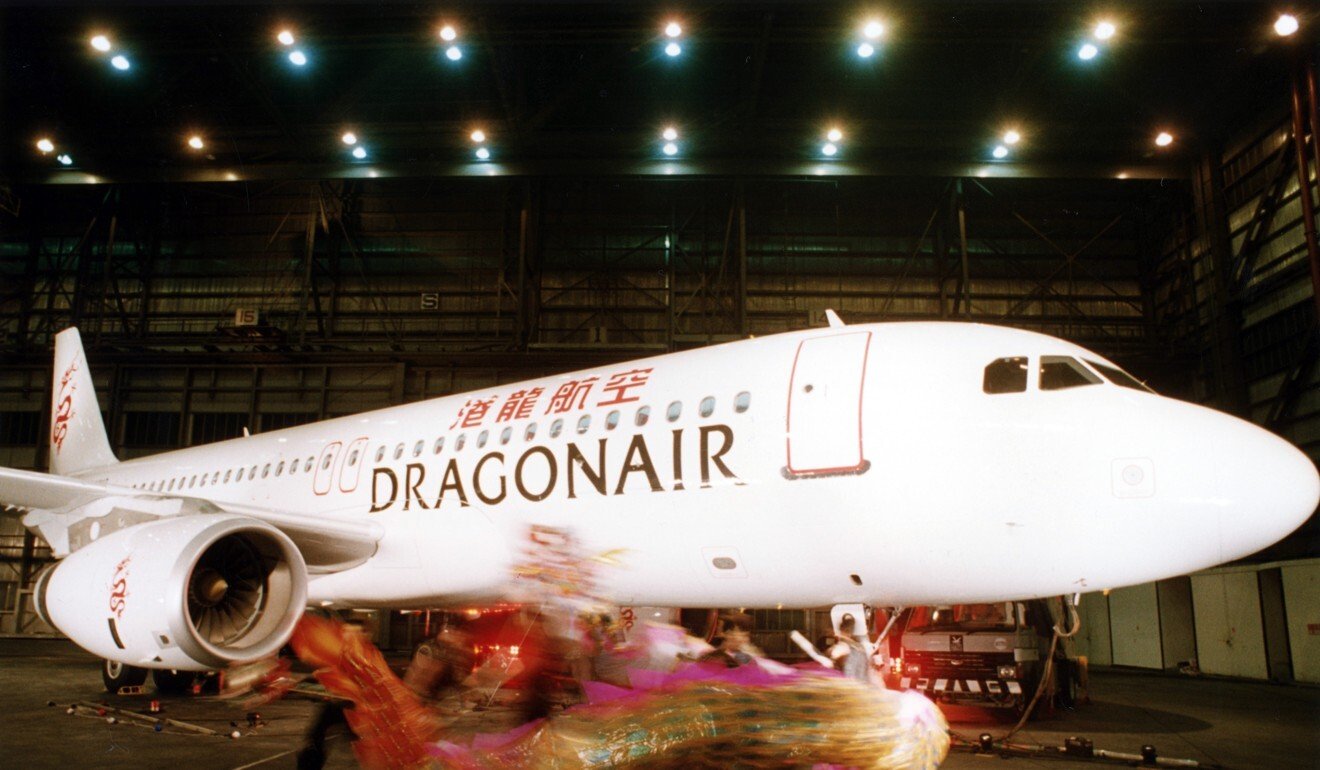
Cathay Dragon’s 35-year run comes to an end as coronavirus claims one more victim
- Airline started life with single Boeing flying to Kota Kinabalu in Malaysia in 1985
- Bought by Cathay Pacific and rebranded in 2016, its iconic red dragon logo will never be seen in the skies over Hong Kong again
The journey of Cathay Dragon began with a single flight departing Hong Kong’s Kai Tak Airport in July 1985 bound for Kota Kinabalu in Malaysia.
Cathay Dragon employees shocked, shaken by decision to axe Hong Kong airline
Textile magnate Chow Kuang-piu set up what was first known as Dragonair with other investors, including shipping tycoon Pao Yue-kong in May 1985.
The daughter of the carrier’s founder, Diana Chou, told the Post the closure was “a tragic end for a Hong Kong flag carrier”.

At one time, the airline grew to become a serious challenger to Cathay Pacific, with both fighting in court for flying rights to and from mainland China.
In 1990, Cathay, together with Citic Pacific and Swire Group, bought 89 per cent of Dragonair.
For the next six years, Cathay had a hand in part-owning and managing the smaller airline.
Cathay has take-it-or-leave-it deal for pilots: salary and benefit cuts, or the door
The plucky carrier also managed to fight off adversity over the years such as the 1997 Asian financial crisis and the severe acute respiratory syndrome (Sars) outbreak in 2003.
Three years later, Cathay took it over for HK$8.22 billion, following a major shareholding realignment involving parent Swire Pacific and the Air China Group.
By 2016, the name was changed to Cathay Dragon and HK$100 million (US$12.9 million) spent promoting the brand.

01:20
Cathay Dragon staff strongly dissatisfied over Cathay’s decision to axe regional brand
Dragonair’s iconic red dragon logo – widely recognised on the mainland – was replaced with a wing logo, bringing it in line with the parent’s company visual style.
It’s safe to say that we won’t, sadly, be seeing the return of the Cathay Dragon brand.
Question marks about the fate of the brand started to appear last year after Cathay’s takeover of low-cost airline HK Express.
Cathay Dragon, with 48 planes in its fleet, flew to 51 destinations, including 23 routes on the mainland. What survives the cull of routes amid the pandemic will be absorbed by Cathay Pacific HK Express.

At times, the carrier found it difficult to shake off being mistakenly known as the low-cost airline of Cathay Pacific.
The closure does, however, leave a legacy for the Hong Kong aviation industry by creating a pool of local talent.
The carrier managed to achieve an even split among local and foreign-sourced pilots, according to insiders, far better than Cathay Pacific, which is reliant on expatriates.

Even in the event of a recovery, there would be no revival of the airline brand, Cathay Pacific chairman Patrick Healy said.
Nearly all Cathay Dragon staff to go as part of airline’s 5,900 job cuts
“While it is very sad to bid farewell to a 35-year-old brand and all it stands for, the reality is that in these straitened times, we must focus on a single world-leading premium travel brand,” Healy said.
“It’s safe to say that we won’t, sadly, be seeing the return of the Cathay Dragon brand.”

